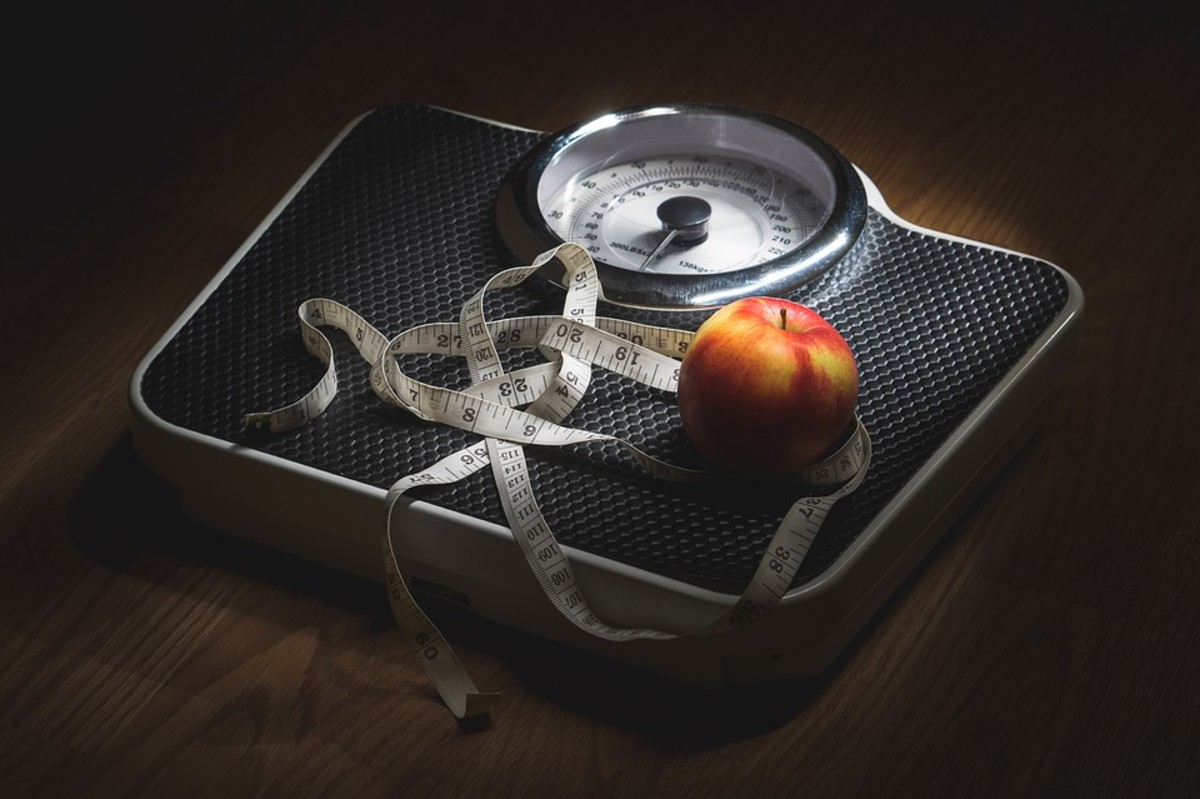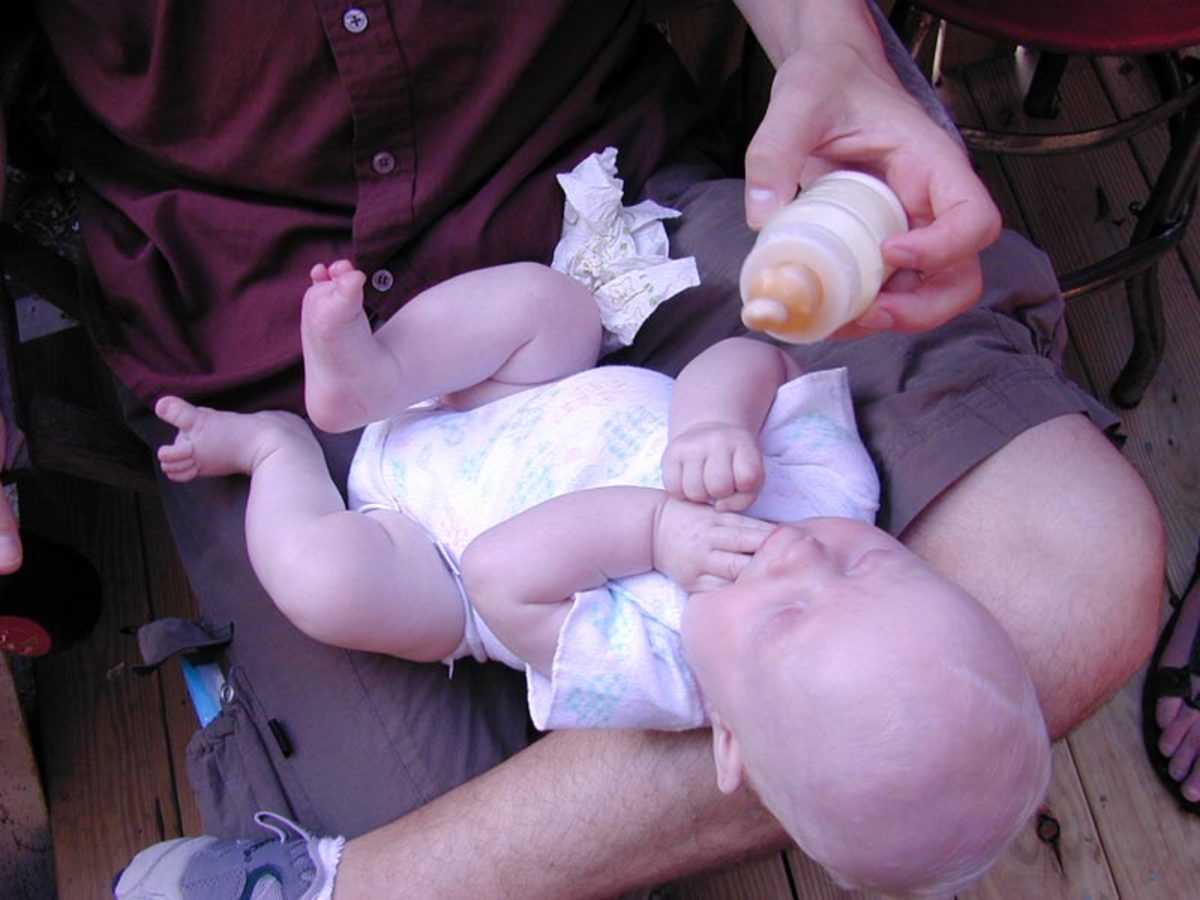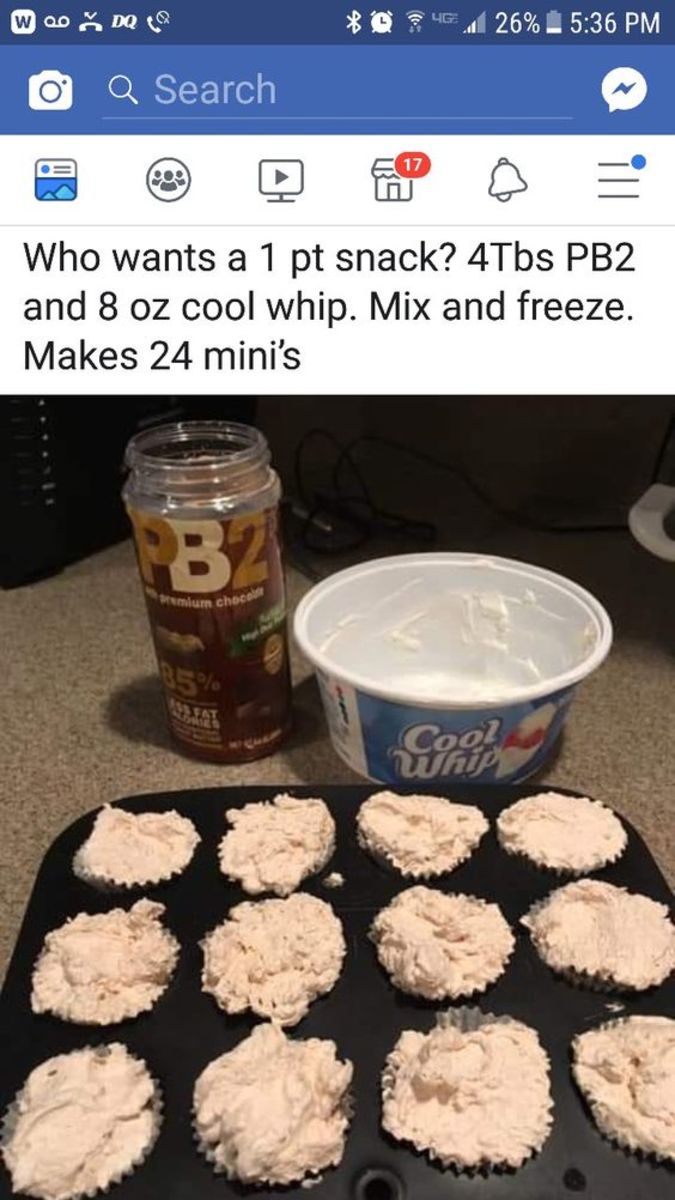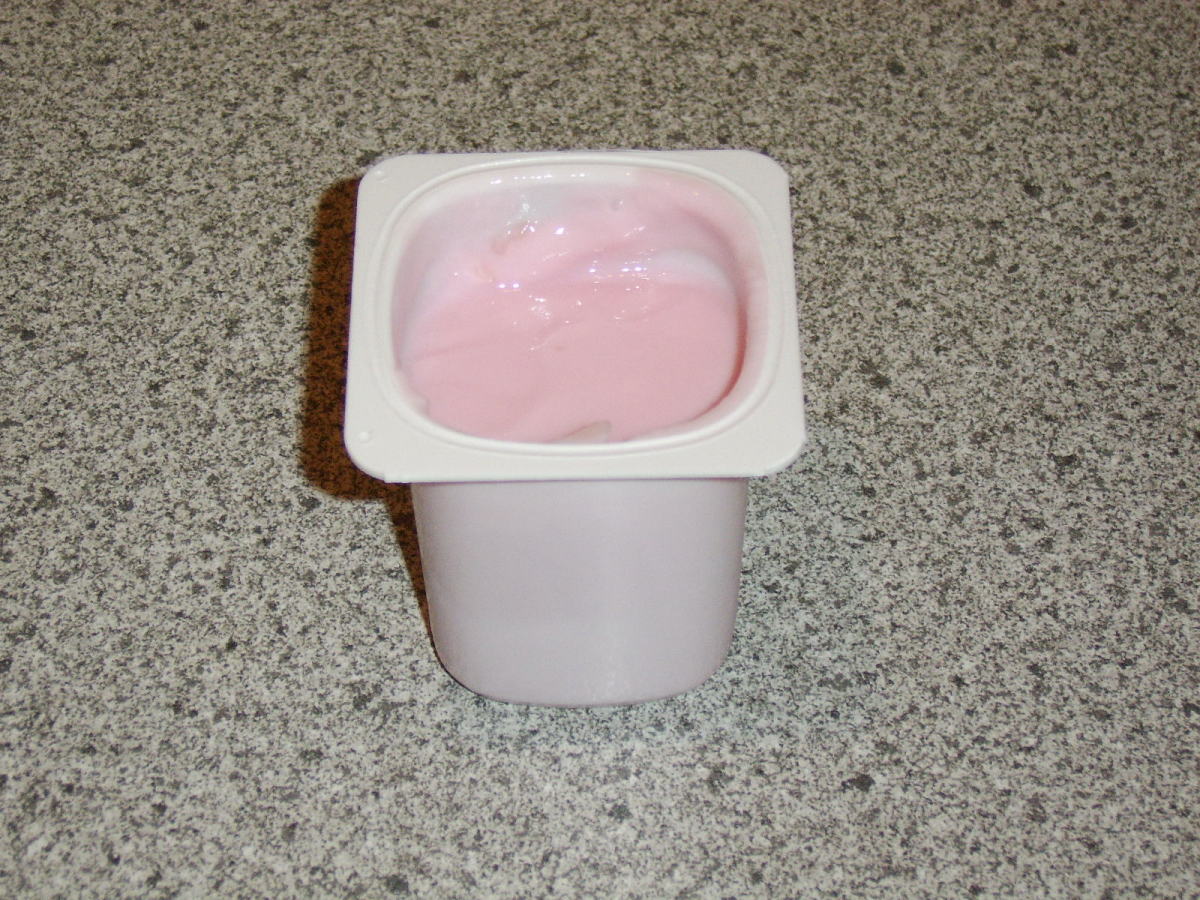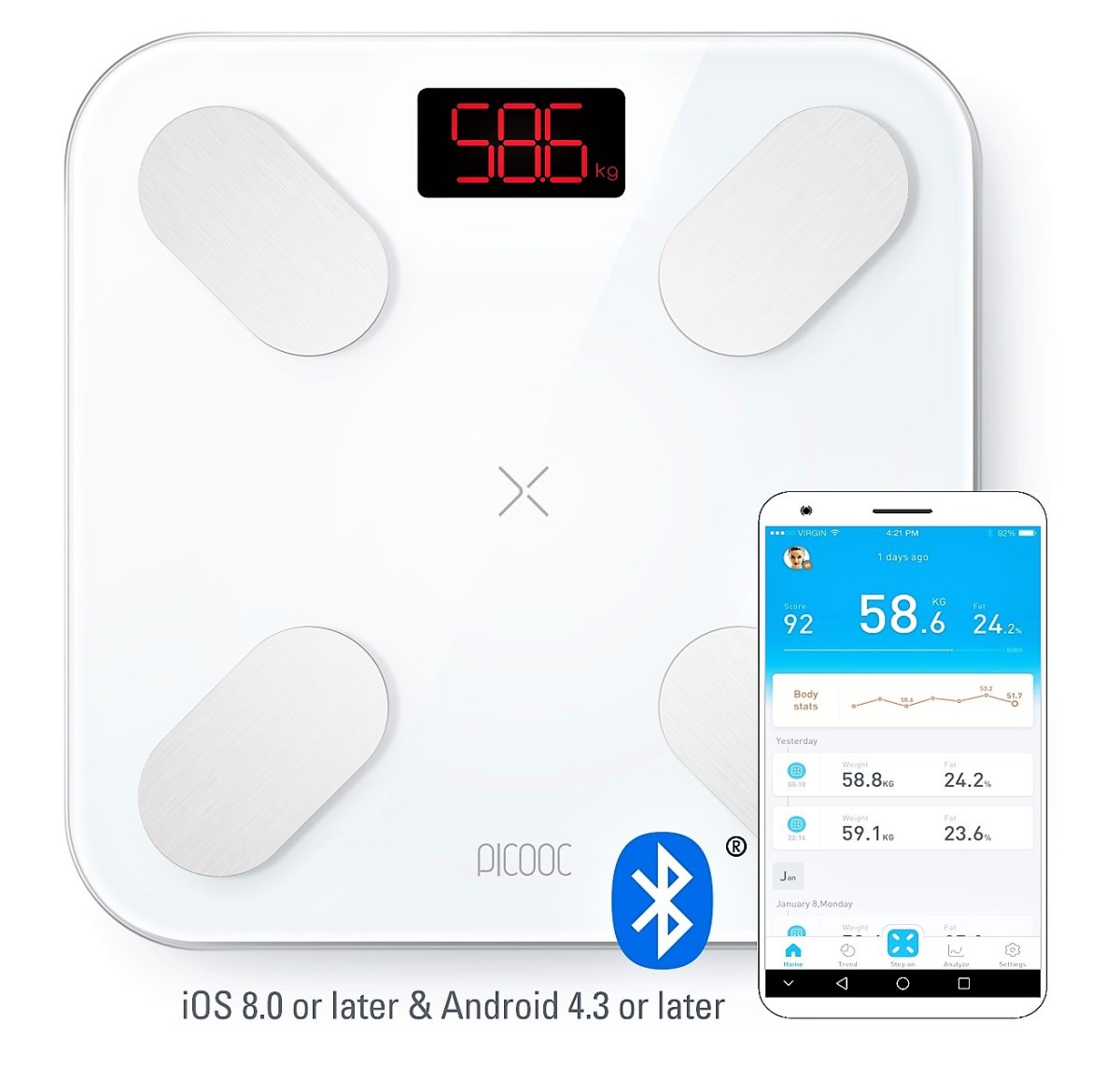Why We Gain Weight
What is a Balanced Diet?
Nutrient
| Function
|
|---|---|
Carbohydrate
| Energy
|
Protein
| Growth and Repair
|
Fat
| Energy and Insulation
|
Minerals and Vitamins
| Needed for many cellular functions
|
Fibre
| Prevents constipation
|
Water
| All chemical reactions in body occur in water
|
Nutrients are the substances in food that your body needs to be healthy. A diet that has just the right amount of nutrients is called a balanced diet.
Why DO we gain weight?
Let's be clear: If it didn't go on overnight, it's not going to come off overnight. And yet this is exactly what many diets promise - instant, quick-fix weight-loss! To understand why some diets work and others are just plain dangerous, we need to look at why we gain weight.
Our weight is a balancing act – like balancing your finances at the end of each month. When you eat and drink you deposit funds into your body’s energy bank account; when you exercise you withdraw funds. If you deposit more funds than you withdraw, your balance goes up and some funds can be put into savings as fat. If you withdraw more funds than you deposit, you will have to make up the difference with funds from your fat savings. A given number of calories are used to pay for the ‘account,’ so even when you do nothing, your funds still decrease.
If you overeat and under-exercise, you will gain weight. When people gain weight, many look for a quick fix instead of changing their relationship with food. Many diets promote one or two good habits but completely lose sight of the balanced diet. Cutting out entire food groups like carbohydrates or fats is dangerous - your body needs these to function properly.
We need much more than just calories to live. As you can see in the table, we need lots of different nutrients to stay healthy. This is the problem with many crash and fad diets – they actively encourage you to leave out food groups or certain nutrients from your diet. This can lead to a host of diseases such as scurvy or kwashiorkor.
BMI Graph
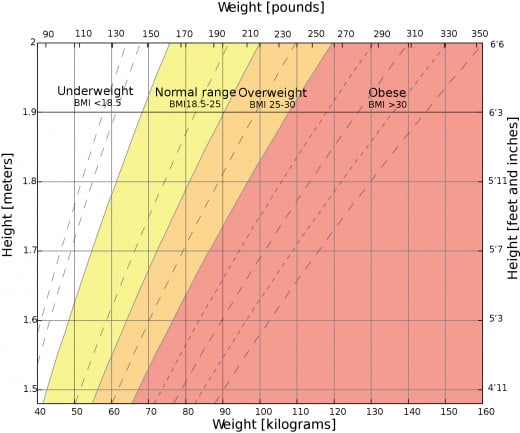
Body Mass Index Categories Explained
BMI
| Meaning
|
|---|---|
<18.5
| Underweight - you are too light for your height!
|
18.5 - 24.9
| Ideal - you are in the correct weight range for your height
|
25 - 29.9
| Overweight - too heavy for your height
|
>30
| Obese - far too heavy for your height
|
The Body Mass Index Chart. These often accompany graphs, which more easily allow you to check your category
What is Obesity?
Obesity is a medical term that means you have a body mass index (BMI) higher than 30. Currently, around 1-in-4 people in the UK, and 1-in-3 people in the USA are obese. according to their BMI. Being obese makes you much more likely to develop life-threatening illnesses such as:
- Heart Disease
- Cancer
- Osteoarthritis
- Type II Diabetes
Using BMI allows you to see if people of different heights are at a healthy weight. It is based on your mass in kilograms and your height squared:
BMI = Mass (kg) ÷ Height2 (m)
Why not check your own BMI here using a handy online calculator. You can alsodownload the app here. If you are going to check your own BMI there are some things to bear in mind:
- The charts and categories are based on Adults - few reliable charts exist for teenagers or children - there is just too much variation.
- The categories are based on average men and women - it may overestimate body fat in athletes or those with a muscular build.
Why we get Hungry
Hunger is a feeling created by chemical messengers in your body called hormones. When your stomach is full, a chemical message is sent to a region of the brain called the hypothalamus. This detects the change and makes you feel 'full.' When the stomach is empty, the hypothalamus detects a different message and makes you feel hungry. You respond to this message by finding food.
If this message breaks down - if the hypothalamus doesn't pass on or receive the 'full' messages - then that person would never feel full.
How much food energy do we need?
- Child (8yrs): 1,853 kcal per day
- Girl (15 yrs) 2,207 kcal per day
- Boy (15 yrs) 2,875 kcal per day
- Inactive Woman: 1,917 kcal per day
- Inactive Man: 2,515 kcal per day
Evolution has primed humans to pack on the pounds. This would keep us alive in harder times. With modern lifestyles, this tendency to pack on extra calories as fat is putting our lives at risk. In a recent news report, it was estimated that obese humans were eating enough food for an extra 1 billion individuals.
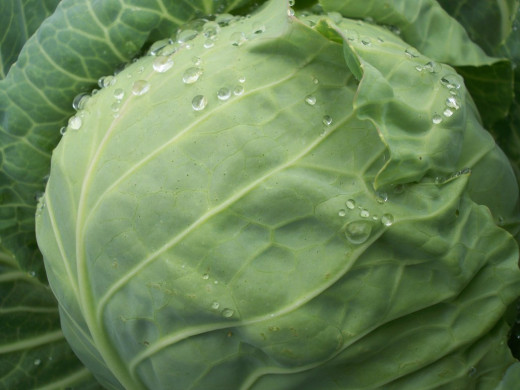
Cabbage Soup Diet
This diet involves eating nothing but cabbage soup...for seven whole days. Yum!
What you can eat: As much cabbage soup as you like
What you can't eat: Anything else.
Benefits? A quick (potentially temporary) fix.
Risks? No balance - the dieter will feel very hungry throughout. If continued for more than a week, the body will start lacking essential vitamins and minerals.
Does it work? Most of the weight is lost in the form of water, and will be regained as soon as the dieter resumes their normal eating habits. It doesn't promote healthy attitudes towards eating.
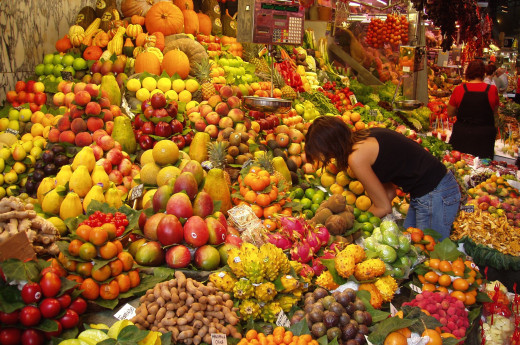
Atkins Diet
This diet involves removing carbohydrates from your diet - not exactly 'balanced.'
What you can eat: Red meat, eggs, olive oil, cheese, poultry
What you can't eat: Fruit, pasta, rice, bread, soft drinks.
Benefits? You can eat all the stuff that you can't in other diets
Risks? Increased blood pressure, lack of vitamins due to less fruit and veg intake.
Does it work? Yes - your body is forced to use its fat reserves and all food taken in is instantly broken down to plug the energy gap. You are likely to feel very hungry as you do not have the steady-releasing carbohydrates in your diet. It is not healthy to follow long term due to the lack of vitamins and minerals essential for your body.
*My wife followed this diet for a few weeks and ended up in hospital as a direct result. You decide if its for you!
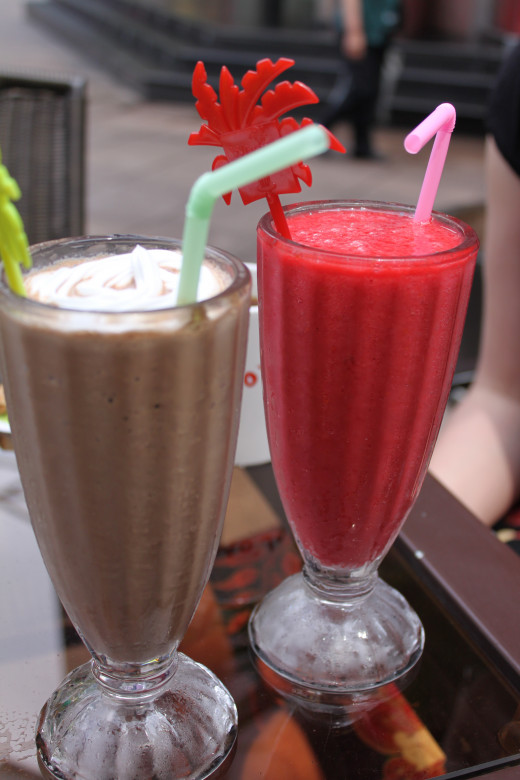
Meal Replacement (SlimFast)
Substitute two meals a day with a pre-prepared shake, soup or snack-bar
What you can eat: Two shakes for breakfast and lunch followed by a 'sensible' dinner.
What you can't eat: High calorie foods, snacks, candy.
Benefits? The supplements must contain (by law) the recommended balanced daily nutrients. Convenient.
Risks? Doesn't instill the values of a healthy and balanced diet.
Does it work? It all depends on that meal at the end. If calories taken in are less than the calories used, then the dieter will 'burn off fat' to make up the difference and lose weight. Works best with exercise.
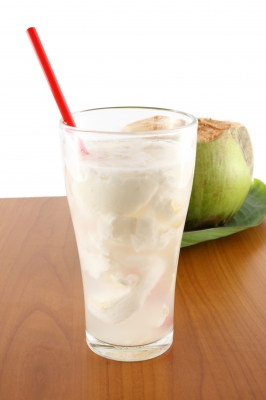
Detox Diet
This diet involves cutting out all 'bad' foods and 'cleansing' the body of chemicals and toxins.
What you can eat: Water, fresh vegetables and fruit.
What you can't eat: Alcohol, chocolate, preserved foods, fried foods.
Benefits? Possible weight loss. Dieters reportedly feel 'refreshed' and 'cleansed.'
Risks? Lack of balance to the diet. If taken to an extreme the body goes into starvation mode and reduces metabolism - this actually slows down weight-loss. Outbreaks of spots and lethargy are common in the first few days.
Does it work? Weight loss depends on activity and severity of the detox. Unfortunately, so do side-effects. This diet is hard to stick to, which can be demoralising.

GI Diet
This diet offers balance by making you consume the 'best' fats proteins and carbohydrates.
What you can eat: Whole grain cereal, wholegrain bread, nuts, milk, vegetables, some fruit.
What you can't eat: White bread, potatoes, doughnuts, syrup, high-sugar fruit (dates etc.)
Benefits? Lowers sugar and so great for diabetics. Balanced, and provides a steady stream of energy.
Risks? More tricky to track than other diets.
Does it work? Yes - it encourages healthy eating, moderation, and balance - all attitudes necessary for a healthy diet. Dieters avoid sugary and fatty foods and drinks. Promotes a long-term approach to weight control and healthy eating.
Have you ever tried a 'fad diet'
10 Tips for Losing Weight
If you want to lose weight you have to change your relationship with food. Diets are looked at as a 'quick-fix.' The problem with quick fixes is that they do not last...and some don't work at all. If you want to lose weight you need to keep this in mind:
- It will take time - you didn't put the weight on over night, you are not going to lose it overnight.
- Write a food diary - write down exactly what you eat, when you eat it. Then if you have a bad week you can see why. You are also less likely to 'cheat' if you are writing it down.
- Write down your target and how you progress each week - this is why groups such as Weight Watchers actually work. Writing down targets and monitoring them increases chances of success.
- Make small, sustainable changes - most diets fail because they are too difficult (or dangerous) to keep up long term. Make small, sensible, step-by-step changes to your diet over time if you want success.
- Stick to it - like number 1, but it is really important. When you hit your target weight, don't go back to your old habits. If you do, you will be straining those elasticated waistbands in no time.
- Cut down on fat - it has the most calories of all foods. Cut it down and you will lose weight.
- Cut out alcohol - historically alcohol kept the human race alive through the middle ages because it was safer than water and contained lots of calories. Now those calories are useless. Cut out alcohol and see your waistline shrink.
- Cut out dips and chips - these are empty calories. Eat fruit or vegetables instead - these will make you feel full for longer and don't have such an impact on your waistline.
- Give yourself a treat/cheat day - Plan your meals and snacks for the week ahead. Then plan a day where you can have that double chocolate cheesecake or a hamburger or a few beers. You are less likely to binge and won't feel guilty.
- Combine diet with exercise - This will make your diet easier, not harder because exercise actually keeps your appetite down! And you will feel great too as exercise releases feel-good hormones (endorphins) into your blood.

